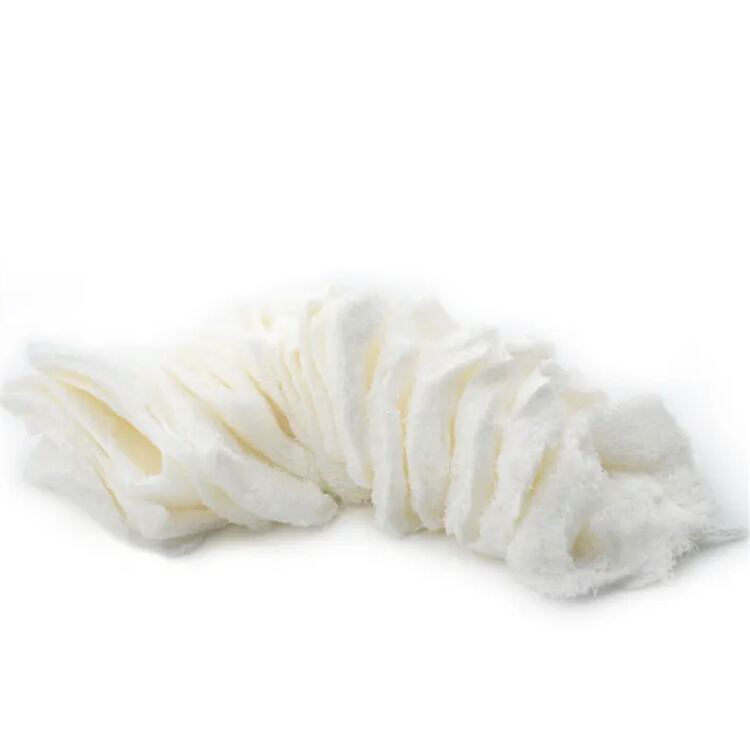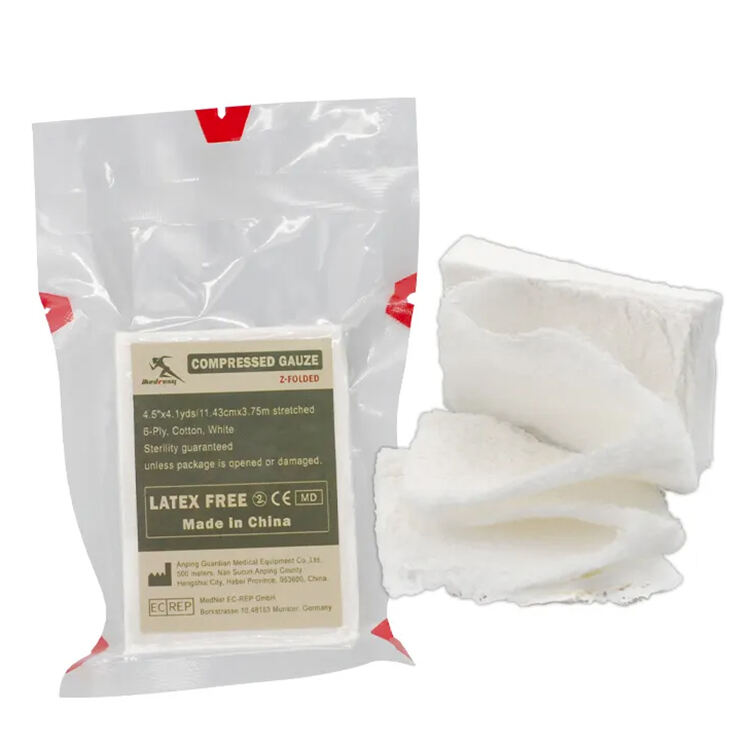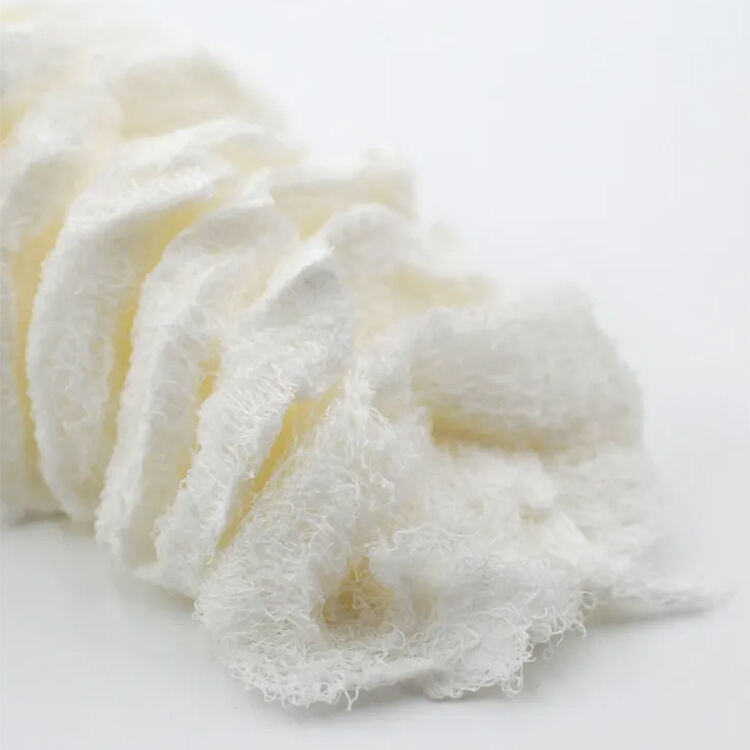Dans le monde médical actuel, de nouvelles avancées en chirurgie visent à améliorer à la fois les résultats pour les patients ainsi que l'efficacité et la sécurité des pratiques chirurgicales. Une innovation appelée compresse chirurgicale radiopaque en est un récent exemple. Grâce à ses propriétés spécifiques, cette compresse se révèle très utile aujourd'hui dans la gestion des plaies, offrant aux chirurgiens un meilleur contrôle du processus de guérison et assurant la sécurité des patients.

Comment la compresse détectable aux rayons X améliore le suivi post-chirurgical
Après une opération, il est essentiel de surveiller attentivement les zones opérées afin d'éviter des problèmes tels que la rétention d'objets chirurgicaux (RSIs). Il s'agit encore d'un problème qui affecte les pratiques chirurgicales à travers le monde entière. L'utilisation de compresses radiopaques s'avère bénéfique puisqu'elle permet aux professionnels de santé de vérifier qu'aucune compresse n'a été oubliée après l'intervention.
En injectant des substances radiopaques dans le pansement, les spécialistes garantissent qu'un pansement égaré sera clairement visible par des techniques radiographiques ordinaires. Grâce à cette technique, le nombre d'incidents liés aux corps étrangers oubliés (RSI) et les problèmes associés tels que les infections ou les interventions chirurgicales supplémentaires peuvent être minimisés. Plus important encore, l'utilisation de pansements radiopaques facilite grandement le comptage des instruments, contribuant ainsi à prévenir tout problème pendant l'intervention ainsi qu'après l'opération.
L'utilisation de pansements détectables aux rayons X pour la surveillance post-opératoire vise à réduire les risques, mais aussi à accroître la confiance des patients. Étant donné que de nombreuses mesures de gestion des risques sont clairement mises en place, les patients peuvent être satisfaits et confiants quant à leur traitement médical. En outre, la possibilité de vérifier immédiatement qu'aucun objet n'a été laissé à l'intérieur du patient permet de raccourcir la période de récupération, de diminuer les coûts de santé et bénéficie autant aux patients qu'au personnel soignant.

Principales Différences Entre les Matériaux de Pansement Standard et Radiopaques
Même si leur fonction principale est de nettoyer le sang et d'assurer une stérilité optimale, les pansements traditionnels et radiopaques sont conçus et fonctionnent de manière assez différente. Le pansement ordinaire est généralement fabriqué en tissant des fibres de coton. Bien que le pansement standard soit efficace pour prévenir les infections, il ne peut pas être détecté par les rayons X.
Contrairement au pansement transparent, le pansement radiopaque contient généralement des matériaux spéciaux, comme une bande de sulfate de baryum ou un fil imprégné de baryum à l'intérieur du tissu. Ce contraste permet de distinguer clairement le pansement sur l'image radiographique. Étant donné qu'ils sont biocompatibles, ces matériaux ne provoquent pas de réactions négatives dans l'organisme pendant l'utilisation chirurgicale.
La présence de matériau radioactif ne diminue pas la flexibilité du pansement, son pouvoir absorbant ou sa capacité à être stérilisé. En revanche, elle offre une protection supplémentaire ainsi qu'un sentiment de sécurité, ce qui est primordial en salle d'opération. Ainsi, les chirurgiens peuvent limiter certains obstacles majeurs durant l'intervention et atteindre un niveau de soin supérieur.
Il n'y a aucune différence dans l'utilisation du pansement lorsqu'il contient des fils radio-opaques, ainsi le passage à l'utilisation de pansements radio-opaques est simple et facile. La possibilité d'utiliser rapidement des matériaux avancés est essentielle, car les professionnels médicaux doivent pouvoir les utiliser sans avoir à modifier significativement leurs méthodes habituelles.
 EN
EN
 FR
FR
 DE
DE
 IT
IT
 JA
JA
 KO
KO
 RU
RU
 ES
ES
 AR
AR
 BG
BG
 HR
HR
 DA
DA
 NL
NL
 FI
FI
 EL
EL
 NO
NO
 PL
PL
 PT
PT
 RO
RO
 SV
SV
 TL
TL
 ID
ID
 SR
SR
 UK
UK
 VI
VI
 SQ
SQ
 TH
TH
 TR
TR
 AF
AF
 MS
MS
 CY
CY
 IS
IS
 HY
HY
 AZ
AZ
 KA
KA
 MN
MN
 MY
MY
 KK
KK
 UZ
UZ
 CS
CS



